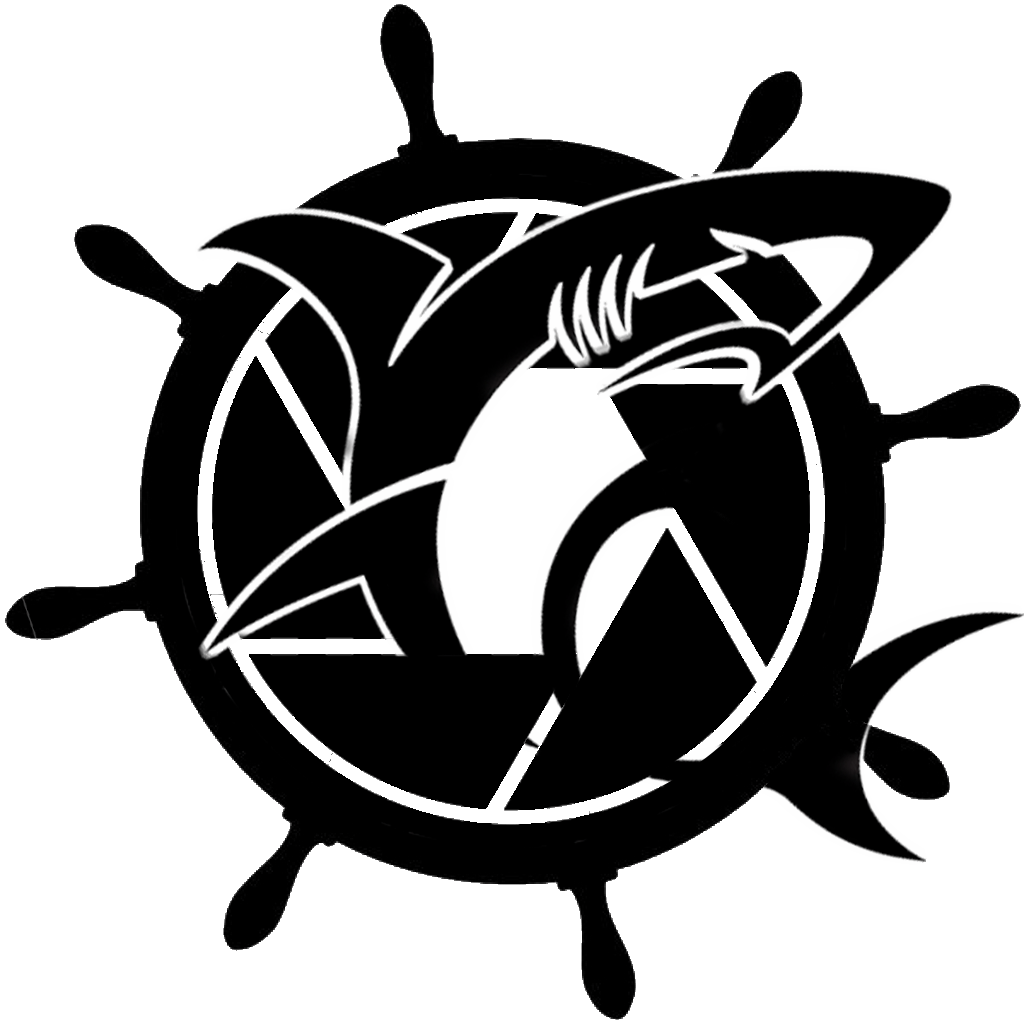Navigation Masterclass Ch.14
Identifying Navigational Lights
Introduction:
Welcome to our blog on navigating the high seas! If you're a sailing enthusiast, you know that landmarks and natural navigation are integral to successful seafaring. One essential aspect of maritime navigation is the identification of navigational lights. These lights play a crucial role in helping sailors find their way and avoid potential hazards. In this blog, we will guide you through identifying navigational lights and explain their importance in ensuring a safe and enjoyable sailing experience.
1. Understanding the Purpose of Navigational Lights:
Navigational lights, also known as marine navigation lights or marine lanterns, are strategically placed on watercraft, beacons, buoys, and structures near coastlines and open waters. Their primary purpose is to communicate important information to sailors, such as the presence of objects, hazards, or specific navigational channels. By familiarizing yourself with these lights, you'll gain valuable knowledge to navigate effectively and maintain a safe distance from other vessels.
2. Colors and Characteristics of Navigational Lights:
Navigational lights come in different colours and have specific characteristics that sailors can use to identify them. Here are the key aspects to look for:
a) Red Lights:
Red lights mark the port (left) side of a vessel. Remember the phrase "red, right, returning." These lights can be seen from an angle of 10 to 112.5 degrees.
b) Green Lights:
Green lights indicate the starboard (right) side of a vessel. They can be seen from an angle of 112.5 to 225 degrees.
c) White Lights:
White lights are typically found at a vessel's stern (rear) and shine in all directions. They help determine the size and distance of an approaching vessel.
d) Yellow Lights:
Yellow light can be used for special purposes, such as marking a wreck, construction area, or information that requires caution.
3. Recognizing Light Patterns:
Besides colour, navigational lights also have specific flashing patterns, variations, or constant illumination that aids in their identification. Understanding these patterns is crucial for deciphering the potential hazards or navigation rules in place. Here are a few examples:
a) Occulting Lights:
These lights are primarily white and have long periods of light interrupted by short periods of darkness.
b) Isophase Lights:
Isophase lights have equal periods of light and darkness. They are often found on channels and can be either green or red.
c) Flashing Lights:
Flashing lights have distinctive light and dark periods. Different combinations of long and short flashes may indicate specific navigational information, such as distance or sector visibility.
4. Using Landmarks to Identify Navigational Lights:
Landmarks serve as crucial reference points while sailing, and they can help you identify navigational lights more efficiently. Look for notable structures, rock formations, lighthouses, or distinctive land features near navigational lights. Utilizing these landmarks in conjunction with light patterns and colours gives you a more accurate understanding of your surroundings.
Conclusion:
Navigating the vast ocean requires skill, experience, and the ability to recognize and interpret navigational lights. By understanding the purpose, colours, characteristics, and light patterns associated with these lights, you'll be equipped with vital knowledge to ensure smooth sailing and stay safe on the water. Make sure to always double-check charts, consult maritime guidelines, and continuously educate yourself on the latest developments in navigational beacons to guarantee your maritime adventures are filled with excitement and relaxation.
